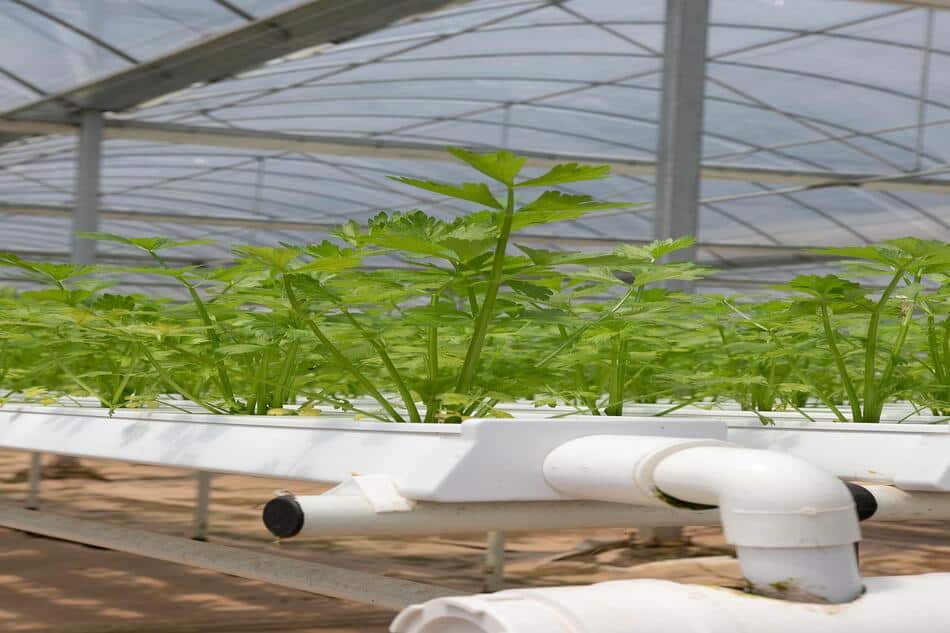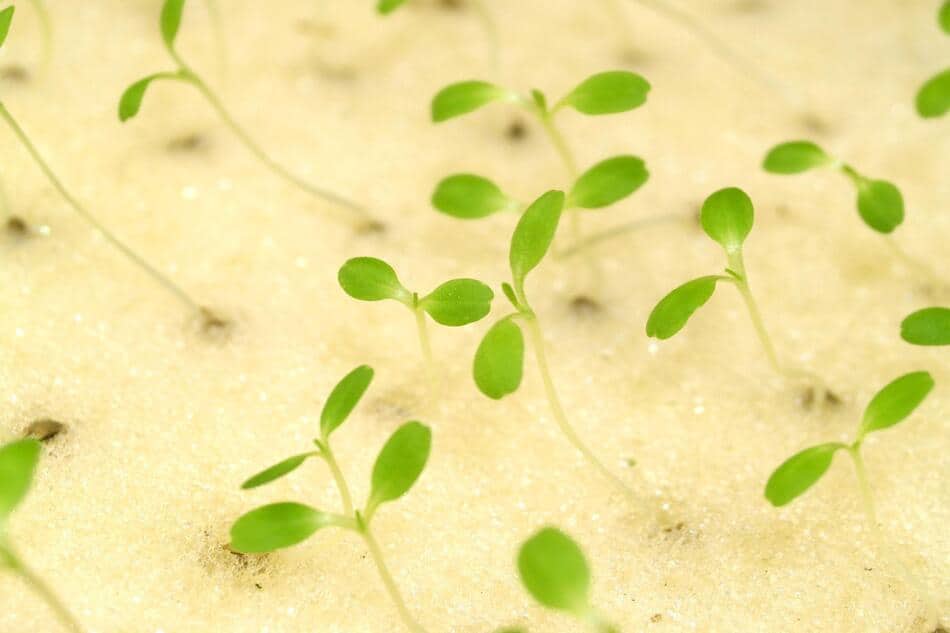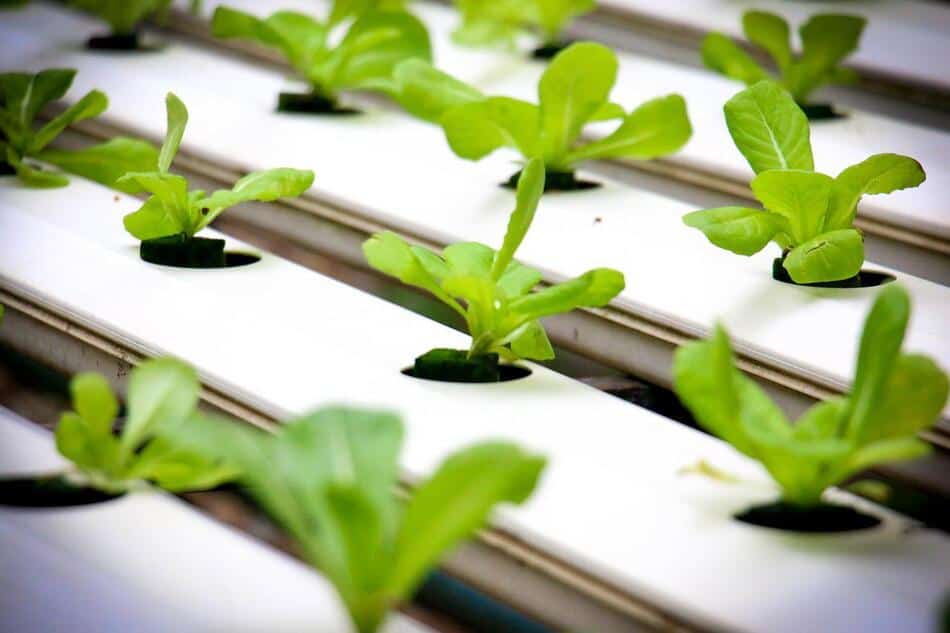Are you using air stones in your hydroponic garden? If so, it’s important to keep air stones clean and free of debris. This will ensure that your plants get the best possible airflow and that your water stays clean. Dirty air stones can also cause bacteria and algae to grow, which can clog your system and lead to decreased water flow. In this article, I will show you how to clean air stones for hydroponics quickly and easily. Stay healthy and productive in your garden by following these simple steps:
To clean your air stones, simply remove them from the tank and rinse them under running water. You can also soak them in a vinegar solution for a few minutes to remove any build-up. Be sure to rinse them thoroughly before putting them back in your hydroponic system. Regular cleaning will help keep your air stones functioning properly and your plants healthy.
It’s as simple as that! By following these simple steps, you can ensure that your air stones are clean and your plants are getting the best possible airflow.
What Are Air Stones And What Do They Do In Hydroponics Systems
Air stones are small, porous rocks that are used to aerate hydroponic growing systems. They work by diffusing air into the water, which increases oxygen levels and helps to prevent stagnation. Air stones are an essential part of any hydroponic system, and they should be cleaned regularly to ensure optimal performance.
The Benefits Of Cleaning Air Stones
Your plants are depending on you to give them the best environment possible to grow in. Cleaning your air stones is one way to ensure that they can get the oxygen they need. Regular cleaning also helps to prevent algae and bacteria from growing in your system, which can lead to decreased water flow and even clogs.

How To Clean Air Stones Using Common Household Items
You probably have everything you need to clean air stones for hydroponics right in your kitchen. All you need is a soft brush, like a toothbrush, and some clean, running water.
To clean your air stones:
- Remove the air stone from your hydroponic system.
- Remove the air stone and rinse it under clean, running water.
- Use a soft brush to clean off any remaining filth or debris.
- Steps 1, 2, and 3 can be repeated as necessary until the air stone is clean.
- Allow the air stone to dry fully before reinserting it into your system.
That’s all there is to it! By following these simple steps regularly, you can ensure that your plants are getting the oxygen they need to grow healthy and strong.
How To Clean An Air Stone Using A Vinegar And Water Solution
If your air stone is looking a little dirty, it’s probably time for a good cleaning. Here’s how to clean an air stone for hydroponics using a vinegar and water solution.
You’ll need:
- White vinegar
- Water
- A bowl or cup
- A toothbrush (optional)
Instructions:
- Fill a bowl or cup with equal parts white vinegar and water.
- Submerge the air stone in the solution and let it soak for 10-15 minutes.
- Remove the air stone from the solution and rinse it thoroughly with water.
- If necessary, use a toothbrush to remove any stubborn dirt or debris.
- Allow the air stone to dry completely before using it again.
And that’s all there is to it! Cleaning your air stone is quick and easy, and will help keep your hydroponic system running smoothly.
Other Ways To Clean An Air Stone If The Vinegar And Water Solution Doesn’t Work
If you find that the vinegar and water solution isn’t doing the trick, there are a few other things you can try.
- Soak the air stone in bleach for 10-15 minutes, then rinse thoroughly with water.
- Soak the air stone in hydrogen peroxide for 10-15 minutes, then rinse thoroughly with water.
- Use a stiff brush to scrub the air stone clean. This may damage delicate air stones, so use this method with caution.
- Replace the air stone entirely. If it’s been well used, it may be time for a new one anyway.
Cleaning your air stone is an important part of maintaining your hydroponic system. By taking a few minutes to clean it regularly, you can keep your system running smoothly and prevent problems down the road.
Tips For Keeping Your Hydroponic System Running Smoothly
In addition to cleaning your air stone, there are a few other things you can do to keep your hydroponic system running smoothly.
- Keep an eye on your pH levels and adjust as needed.
- Make sure your nutrient solution is well aerated.
- Flush your system with fresh water every week or two.
- Check your plants regularly for pests and diseases.
- Harvest your plants regularly to prevent them from getting overcrowded.
By following these simple tips, you can keep your hydroponic system running like a well-oiled machine!

When Should I Clean My Air Stones?
As a general rule of thumb, you should clean your air stones every two weeks. This will help to prevent algae and bacteria from building up in your system. If you notice that your air stones are getting clogged more frequently, you may need to clean them more often.
After you’ve figured out how your air stone works, keep an eye on it to see how it performs. As soon as it starts to drop, it’s time for a cleaning. Slime may build up over time on your banana leaves, or if you’re using a developing medium like coco coir, the fibers may have settled and formed a blockage.
Even though your stones appear clean, this growth may occur in the tiny pores. If you don’t clean it out, the air stone may become less effective and eventually need to be replaced. It’s always better to be safe than sorry when it comes to your plants.
So, there you have it! Now you know how to clean air stones for hydroponics. By following these simple steps, you can ensure that your plants are getting the oxygen they need to grow healthy and strong.
Final Thought
Cleaning your air stone is an important part of maintaining your hydroponic system. By taking a few minutes to clean it regularly, you can keep your system running smoothly and prevent problems down the road. In addition to cleaning your air stone, there are a few other things you can do to keep your hydroponic system running smoothly, such as keeping an eye on your pH levels and making sure your nutrient solution is well aerated. By following these simple tips in this article, you’ll have a water-saving solution that’s easy to maintain and will save you money
Thanks for reading!

